As a creative person, finding a job that lets you express yourself is very important. However, when it comes to getting paid to be creative, It’s not just about doing what you love; it’s also about finding a job that makes sense in the real world.
1. Graphic Designer
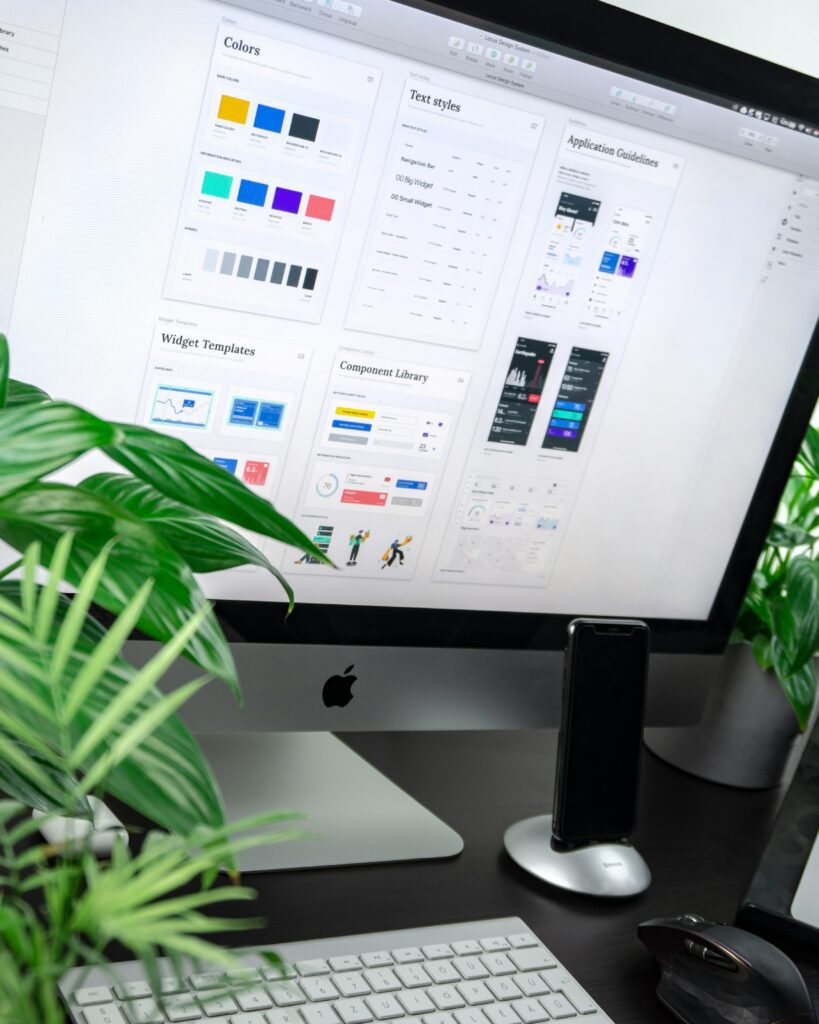
Graphic Designers very often combine artistic talent with the ability to communicate effectively. Much of the time, your work is done digitally. If you love playing around with visuals on a computer, this might be the perfect gig for you!
Plus, you can choose to work for a company or go freelance and work from the comfort of your own space. If you want to freelance, you can create an account on freelance sites like Upwork or Fiverr.
How to Get Started:
Start by learning how to use Adobe Photoshop or Illustrator. You can find online courses or even attend a design school if you’re super into it.
Build an online portfolio showcasing your coolest creations. It’s like your visual resume that proves you’ve got the skills. (If you have an Adobe Creative Cloud suite account, you can create an online portfolio through your account.)
Perks:
Every project is a chance to let your creativity run wild while still creating something practical. Others will get to see your work on a regular basis, whether you’re working with a small local business or a big brand.
Challenges:
For some, the tech side of things can result in a steep learning curve. Additionally, there will be times when clients might have different ideas, and revisions are part of the game. But that’s what makes a professional graphic designer – turning feedback into something even better than the client imagined.
2. Content Creator
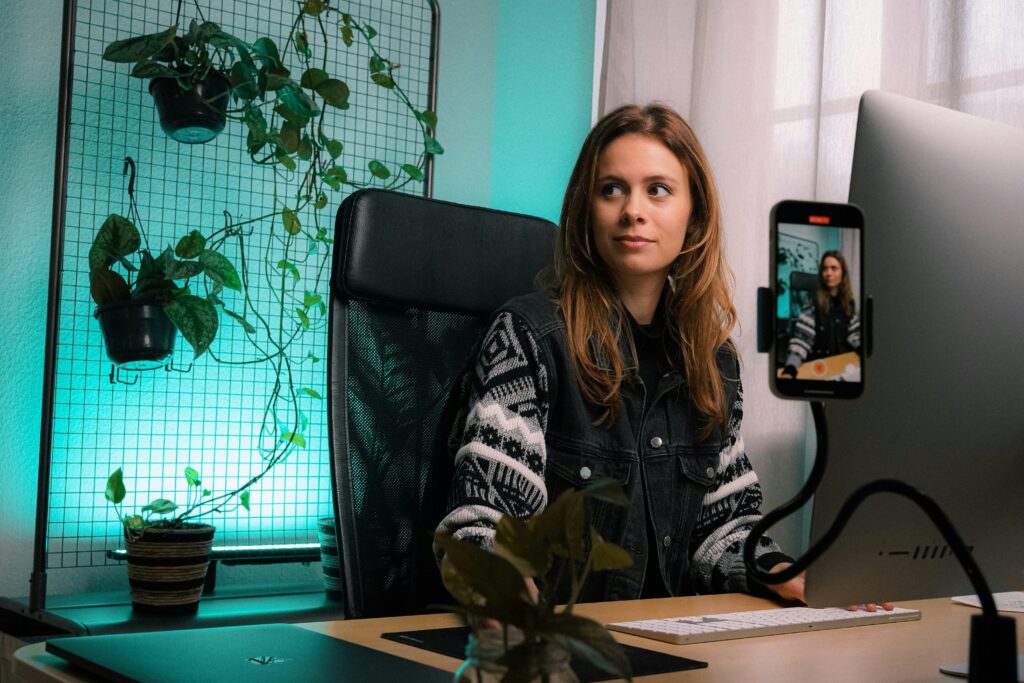
If you have a passion for storytelling, love the idea of sharing your thoughts with the world, and enjoy social media, then content creation could be right for you.
How to Get Started:
Start by choosing a platform that suits you – maybe a blog, YouTube, or a favorite social media platform. Share your thoughts, experiences, or skills. Be consistent, and make sure to highlight your authentic personality.
Learning some basics of content creation tools and platforms is also important. Because video generally performs stronger than written content, creating some form of video content can help you grow faster.
Perks:
The flexibility to create what you love, when you love it, is a massive perk. You might get collaborations with brands, attend events, and connect with people who share your interests.
Challenges:
Building an audience takes time, and not every post may go viral. A lot of people trying to make it in content creation might feel embarrassed at the beginning of their journey as they try to find their style on such a public stage, and there’s a chance you’ll face criticism.
Having a supportive group of friends and family members can be a massive asset during this time to provide encouragement.
3. Interior Designer
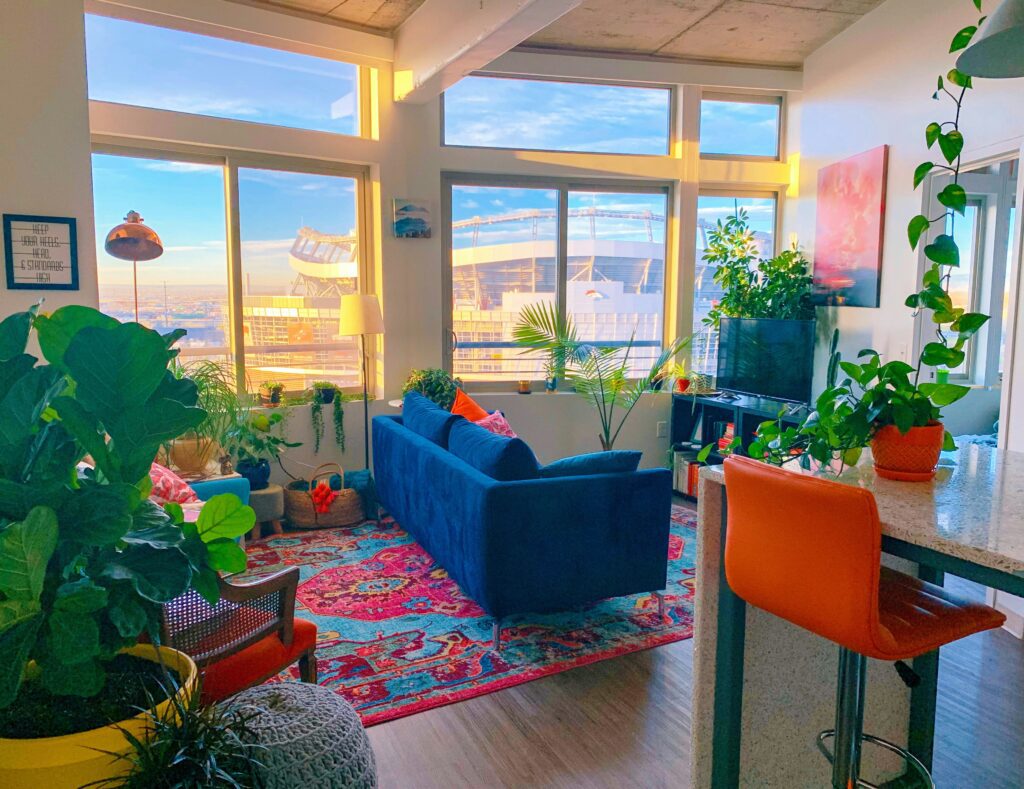
If you have a passion for creating aesthetically pleasing and functional environments, becoming an interior designer might be the perfect way to blend your artistic flair with practical design. It’s a career that allows you to make a lasting impact on people’s everyday lives.
How to Get Started:
Begin by honing your sense of style and understanding different design elements. If a formal education in interior design is an option, it can help you learn technical skills and industry standards.
Building a strong portfolio showcasing your before-and-afters will also make it easier for you to get hired.
Perks:
Because your clients will have different styles, you’ll get the chance to work on a variety of projects and play around with lots of different space configurations.
Challenges:
It’s pretty normal for a client to want a big-budget design for a medium to low-budget pricetag. Knowing how to effectively communicate with your client while also making sure your creative vision lines up with your client’s needs is challenging, but it’s also an important part of the job.
4. Film and Video Editor
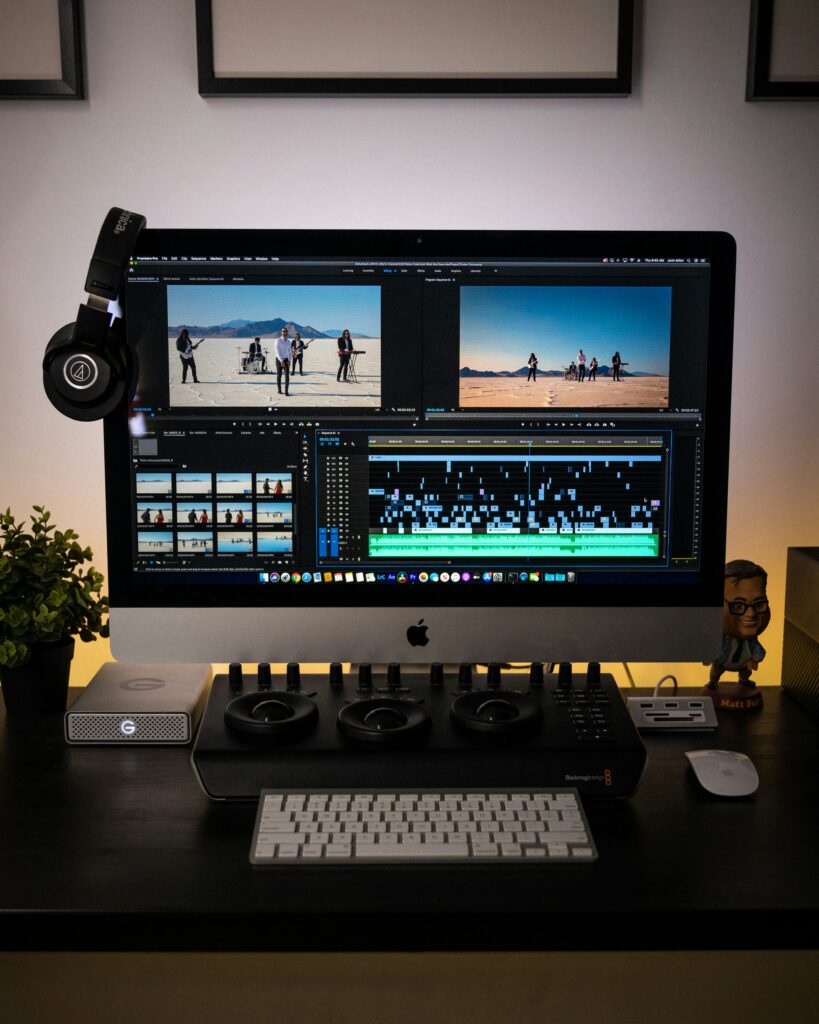
If you have a passion for storytelling and a keen eye for detail, becoming a film and video editor might be a great option for you. You take raw footage and turn it into a polished masterpiece by controlling the pacing, music and other audio elements, and more.
How to Get Started:
Start by learning the basics of video editing software like Adobe Premiere Pro or Final Cut Pro.
Understanding the principles of storytelling and film theory is essential. Building a portfolio showcasing your editing skills, even if it’s from personal projects, will help you stand out.
If you want to freelance, you can create an account on freelance sites like Fiverr.
Perks:
The satisfaction of seeing your edits elevate a story is immensely rewarding. You get to collaborate with creators, cinematographers, and other creatives in the filmmaking process. You can also pick what type of videos you like to work with whether that’s professional films, wedding videos, YouTube videos, etc.
Challenges:
Meeting tight deadlines and aligning your edits with your client’s vision can be challenging.
Attention to detail is crucial, as a small edit can significantly impact the overall feel or pacing of a film or video. Adaptability to different genres and styles is also key in this ever-evolving field. (This is why specializing in a type of film or video can be helpful.)
5. Tattoo Artist
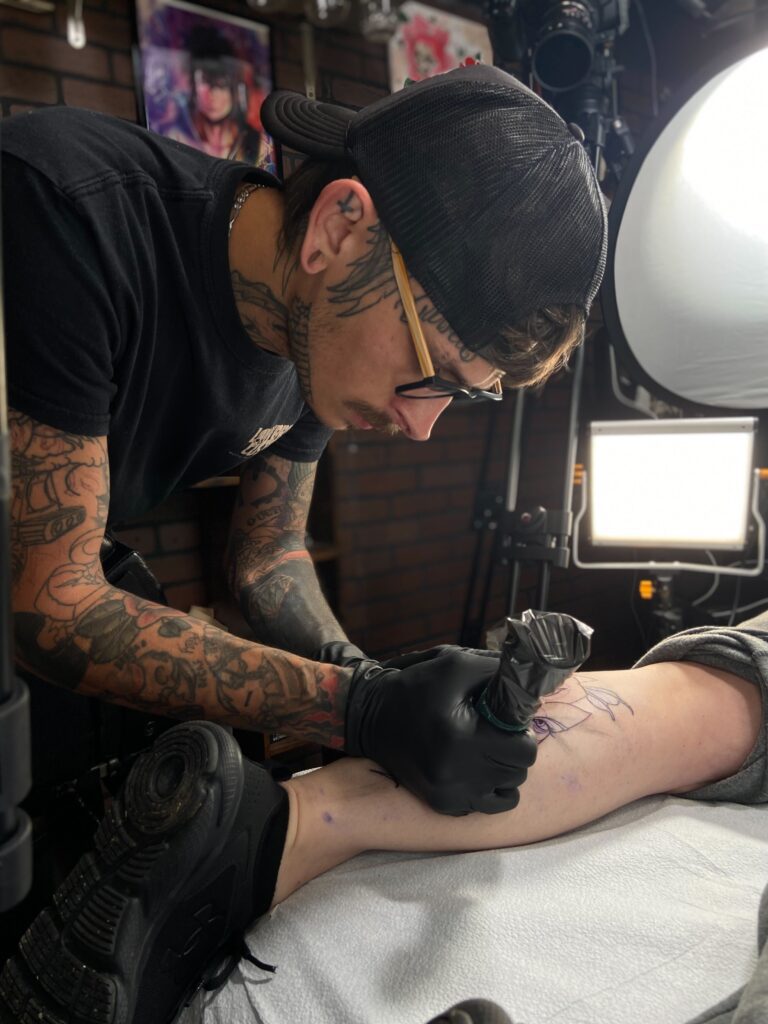
Tattoo artists have the unique ability to leave a lasting mark on someone’s life. It’s a deeply personal form of art where your creations become a part of your clients’ identity.
How to Get Started:
Begin by developing your artistic skills, whether it’s drawing, painting, or other visual arts.
To learn how to tattoo, you can apprentice under an experienced tattoo artist or learn through an online course. Whichever path you choose, begin compiling your artwork into a portfolio to show shop owners and clients.
Perks:
Helping people express themselves in a really profound way can be very fulfilling. Also, as a tattoo artist, you’ll be able to develop a personal style over the course of your career to establish yourself in the industry.
Challenges:
Tattooing requires a lot of technical skill – being able to maintain perfect depth in the skin and create smooth color blends while being attentive to your client’s pain can be a balancing act.
Also, because a tattoo is forever, it’s really important to do your best work every single day.
Final Thoughts
The possibilities for artistic expression are vast and varied. One of the best parts of creative work is that the skills often transfer from one medium or profession to another, allowing you to grow as an artist overtime.






